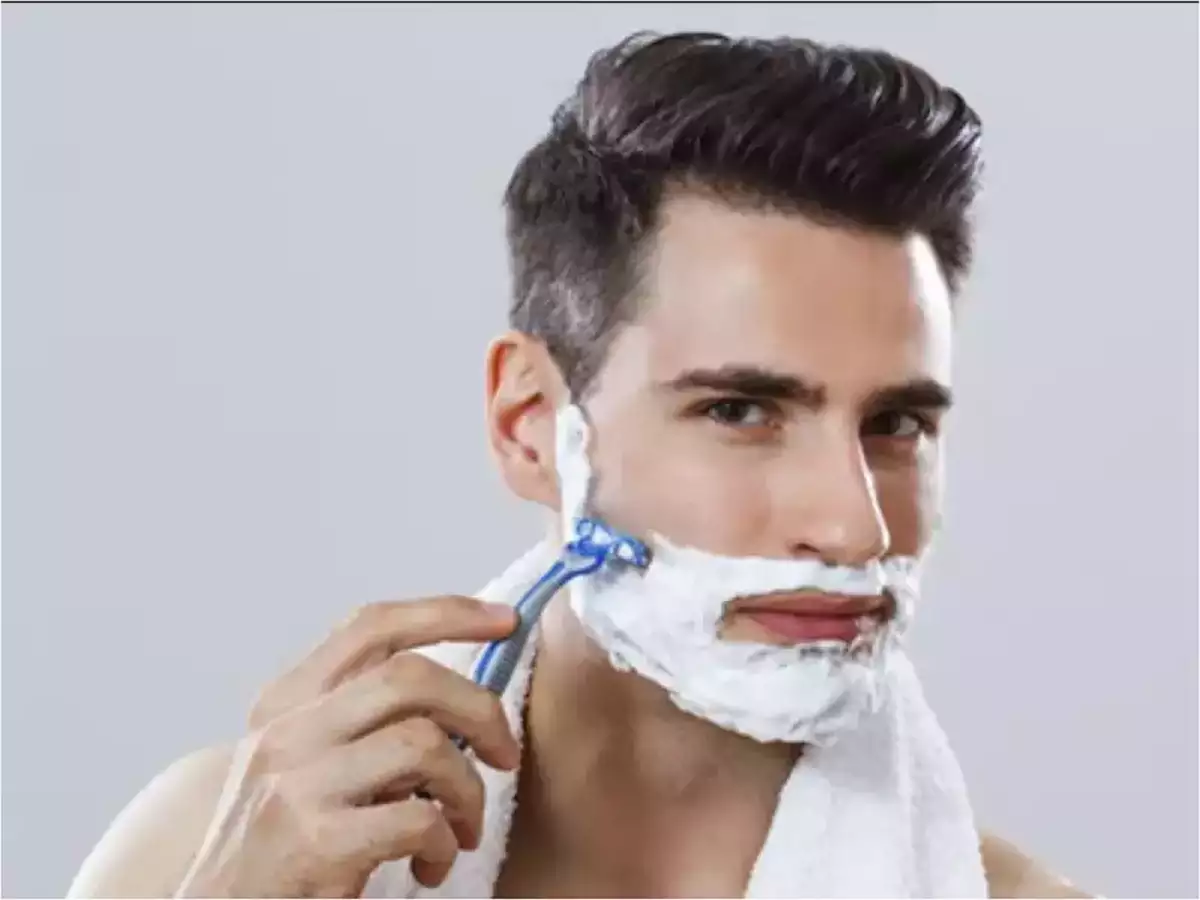An ingrown hair sounds pretty harmless. After all, it’s just a single strand of hair piercing the skin. However, when you’ve had one yourself, you would know that it’s bothersome and irritating, especially if they occur in the sensitive zones of your body. While ingrown hairs are not usually dangerous, they can be extremely painful.

The symptoms of ingrown hairs are not pretty to look at, either. There are reddish and irritated skin, rashes, small and sensitive bumps all over the area, bumps with pus, and horrible itching. Sometimes they’re just small lumps, and other times they develop into large, infected cysts.
This guide discusses what causes ingrown hairs and how to treat these nasty little infections.
Causes of ingrown hairs
Ingrown hairs happen for several reasons. Most of the time, it’s your body’s way of telling you to change something you’re doing. Here are some of the most common culprits of ingrown hairs.
Hair removal techniques
Ingrown hairs happen as a reflection of your hygiene routine in your current hair removal technique. Whether it’s waxing, shaving, or hair removal creams, ingrown hairs appear because the ones that grow back have sharper edges, making it easier to pierce into the skin. All of these techniques will leave your skin feeling raw and sensitive. If you’re not careful with your routine, you’re likely to find ingrown hair in a day or two.
Shaving and waxing need prepping before the hair removal. The skin needs to be wet with warm water and applied with lubricating gels or creams to soften the stubble. While removing the hair, it’s imperative to shave or pull the wax strip in the same direction as the hair growth. Improper and aggressive hair removal will tug at the skin and irritate it, making it more vulnerable to the sharp ends that may reenter it. Proper aftercare with an excellent moisturiser to soothe the skin should immediately follow the session.
If you’ve had one too many ingrown hairs recently, try giving the hair removal a break. It will benefit you to let the hair grow naturally and do regular trims to keep it looking neat. If the hair bothers you that much, consult your dermatologist and look into a possible laser hair removal session.
Dead skin cell buildup
Ingrown hairs, like acne, can sometimes occur when the hair follicles on the skin are clogged up by dead skin cell buildup. You’re more likely to develop ingrown hair if you habitually miss out on your skincare regimen.
Regular exfoliation is vital to prevent this from happening. Exfoliating is essentially removing the dead skin cells sticking to the surface of your skin through different methods. There are chemical serums, scrubs, and tools such as brushes and sponges that exfoliate different parts of the body. While it’s best not to do it too often to keep the skin healthy, it’s ideal to exfoliate at least once or twice a week.
Hair types
Some hair types are more prone to ingrown hairs than others. If you’ve had ingrown hair, you might have noticed that they usually occur in areas where the hair is thicker or coarser, such as the armpit. While anyone can get ingrown hairs, it is more likely to occur in people with very curly or coarse hair.
Hair that grows directly away from the follicle will have fewer chances of reentering the skin than a curly strand, which usually bends back into the skin, especially after being shaved or cut.
Skin type
Some skin types are also prone to ingrown hairs. Sensitive skin types are more vulnerable to the sharp ends of hair, which is why ingrown hairs often happen in areas of the body where the skin is most sensitive, like the pubic region. In other cases, your skin type may not be strong enough to handle your current hair removal technique, leaving it extremely irritated. Again, this is why prepping and aftercare are essential during these sessions.
Tight clothing
Hear us out: tight clothing and underwear can sometimes be the culprit for ingrown hair. It presses into the skin and doesn’t allow it to breathe, especially for clothes made with synthetic fabrics such as neoprene and polyester. Constantly wearing tight clothes will cause growing hair to bend back and grow in the opposite direction.
Aside from preventing ingrown hair, avoiding tight clothing will do other wonders for your skin. Consider assessing your wardrobe and switching to more breathable fabrics like cotton, and take a break from the skin-tight fits now and then.
Conclusion
Symptoms of ingrown hairs are usually not severe and go away on their own, but they can cause intense pain, which is bothersome to experience. While they can happen for various reasons, they are preventable with simple changes in your routine.




